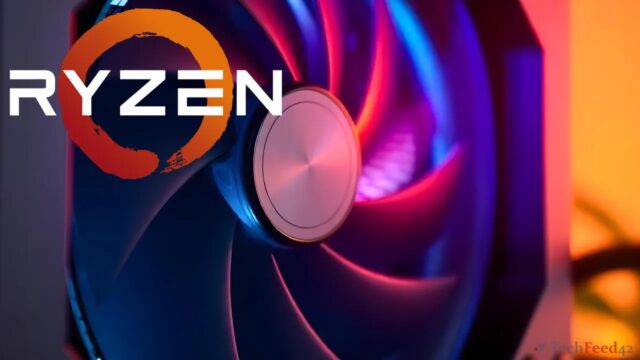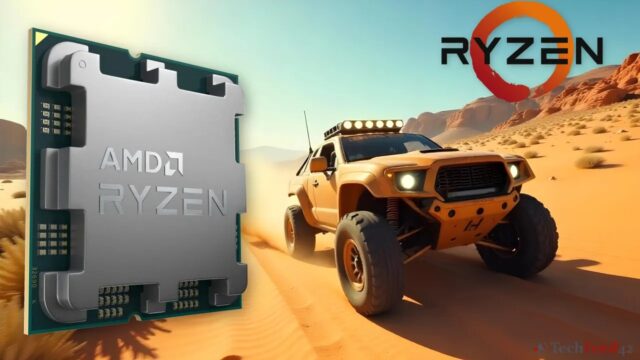Solid State Drives (SSDs) have revolutionized the way we store data, offering faster speeds and better reliability compared to traditional hard drives. However, when it comes to choosing between an M.2 SSD and a SATA SSD, it can be a bit confusing. Both options have their strengths and weaknesses, so which one should you go for? In this article, I’ll break down the differences and help you decide which type of SSD best fits your needs.
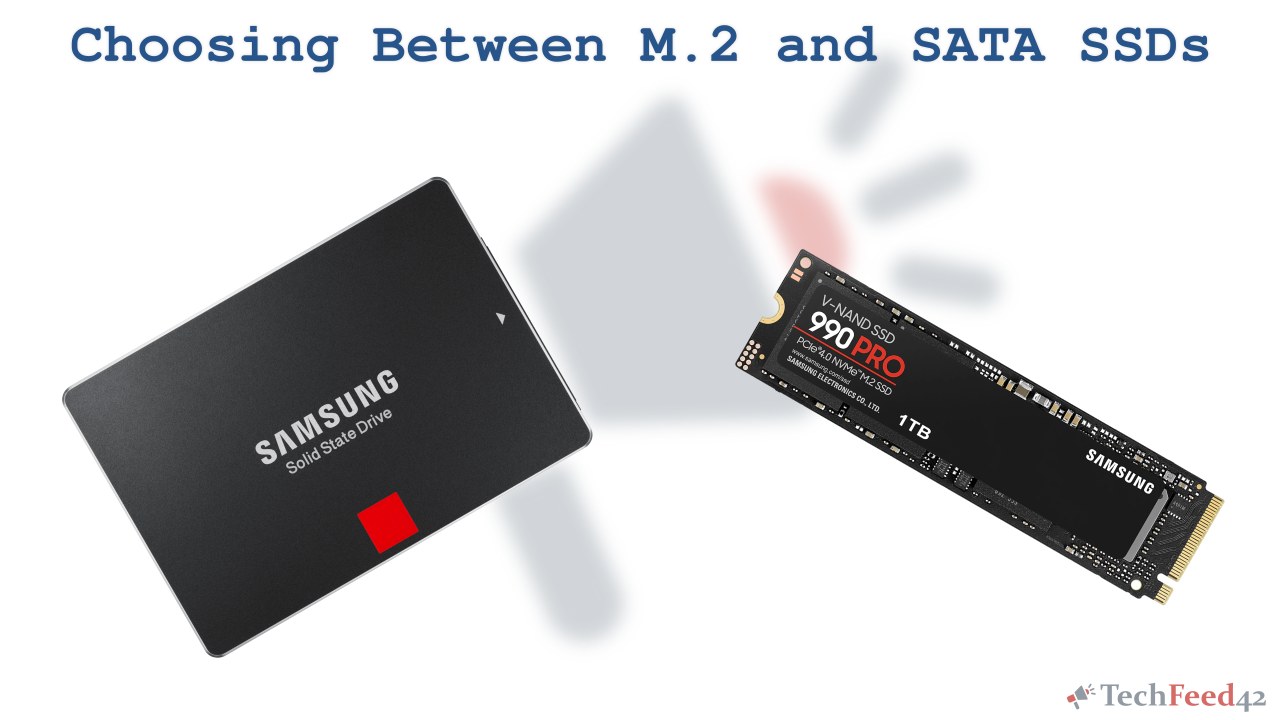
What is a SATA SSD?
A SATA SSD (Serial ATA) uses the same interface as traditional hard drives. It’s a major upgrade in speed compared to HDDs, as it doesn’t have any moving parts. SATA SSDs can reach speeds of around 500-600 MB/s, which makes a noticeable difference in everyday tasks like booting up your computer, launching applications, and transferring files.
SATA SSDs are widely available and are often more affordable than their M.2 counterparts. They are a great choice if you’re upgrading an older computer that supports only SATA connections, or if you don’t need blazing-fast speeds for gaming or intensive workloads.
What is an M.2 SSD?
An M.2 SSD is a newer, more compact form factor for solid-state drives. These drives can use either a SATA interface or an NVMe (Non-Volatile Memory Express) interface, which offers much faster data transfer rates than standard SATA SSDs. If you’re looking for the fastest storage option, NVMe M.2 SSDs are the way to go. They can reach speeds up to 4000 MB/s or even higher, depending on the model.
M.2 SSDs are typically installed directly onto the motherboard, which means they take up less space and don’t require any additional cables. This makes them ideal for modern laptops, ultrabooks, and desktops where space is a premium.
Speed Comparison: M.2 vs. SATA SSD
The main reason most people choose an M.2 SSD over a SATA SSD is speed. While SATA SSDs are fast compared to hard drives, M.2 SSDs with NVMe technology blow them out of the water.
- SATA SSD: Speeds around 500-600 MB/s
- NVMe M.2 SSD: Speeds from 1500 MB/s to 4000 MB/s or more
If you’re working with large files, like video editing or 3D rendering, or if you’re a gamer who wants the fastest possible load times, the M.2 NVMe SSD will be a noticeable upgrade. It’s particularly useful for tasks that require heavy data transfer and access, like booting up the system or loading large programs.
Cost and Availability
While M.2 SSDs offer much higher speeds, they also tend to be more expensive. However, prices have been dropping recently, making them more accessible for the average user. SATA SSDs are still generally cheaper, especially at larger storage sizes like 1TB or more.
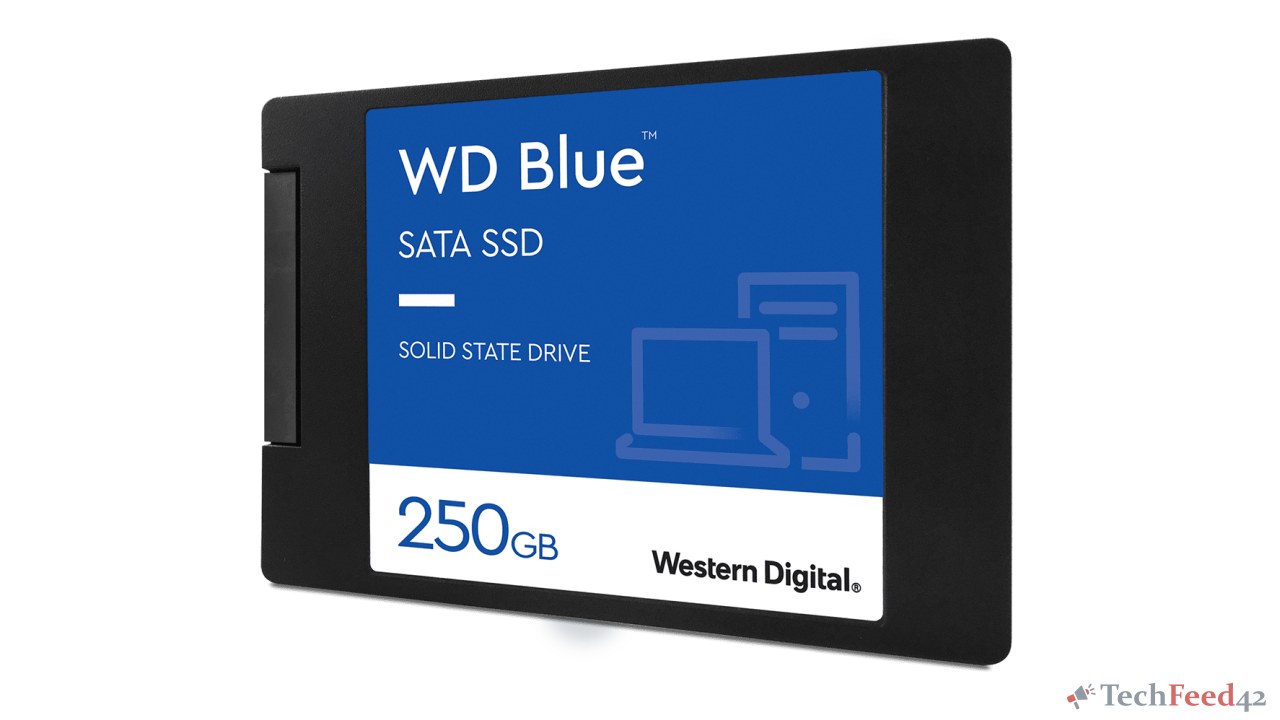
If you’re on a budget or don’t need the absolute fastest speeds, a SATA SSD can provide excellent value for money. However, if you’re looking to future-proof your system or need the highest performance for specific tasks, investing in an M.2 NVMe SSD might be worth it.
Compatibility Considerations
One thing to keep in mind is compatibility. While most modern motherboards support M.2 SSDs, older systems may only have SATA ports available. Even some M.2 slots on certain motherboards only support SATA M.2 drives, not NVMe. Always check your motherboard’s specifications to ensure compatibility before buying an M.2 drive.
If you’re upgrading an older system, a SATA SSD may be your only option. However, for new builds or upgrades to modern computers, M.2 NVMe SSDs are usually the better choice.
Storage Capacity
When it comes to storage capacity, both M.2 SSDs and SATA SSDs offer a wide range of options. You can find drives from as small as 120GB to several terabytes in size. The key difference here is that high-capacity M.2 NVMe SSDs can be significantly more expensive than their SATA counterparts.
If you need a large amount of storage but don’t require the fastest speeds, a SATA SSD might make more sense. On the other hand, if performance is your main priority, it’s worth paying a bit more for a high-capacity M.2 NVMe drive.
Power Efficiency
Another advantage of M.2 SSDs – particularly NVMe models – is that they tend to be more power-efficient than SATA SSDs. This makes them a better choice for laptops and other portable devices, where battery life is a concern.
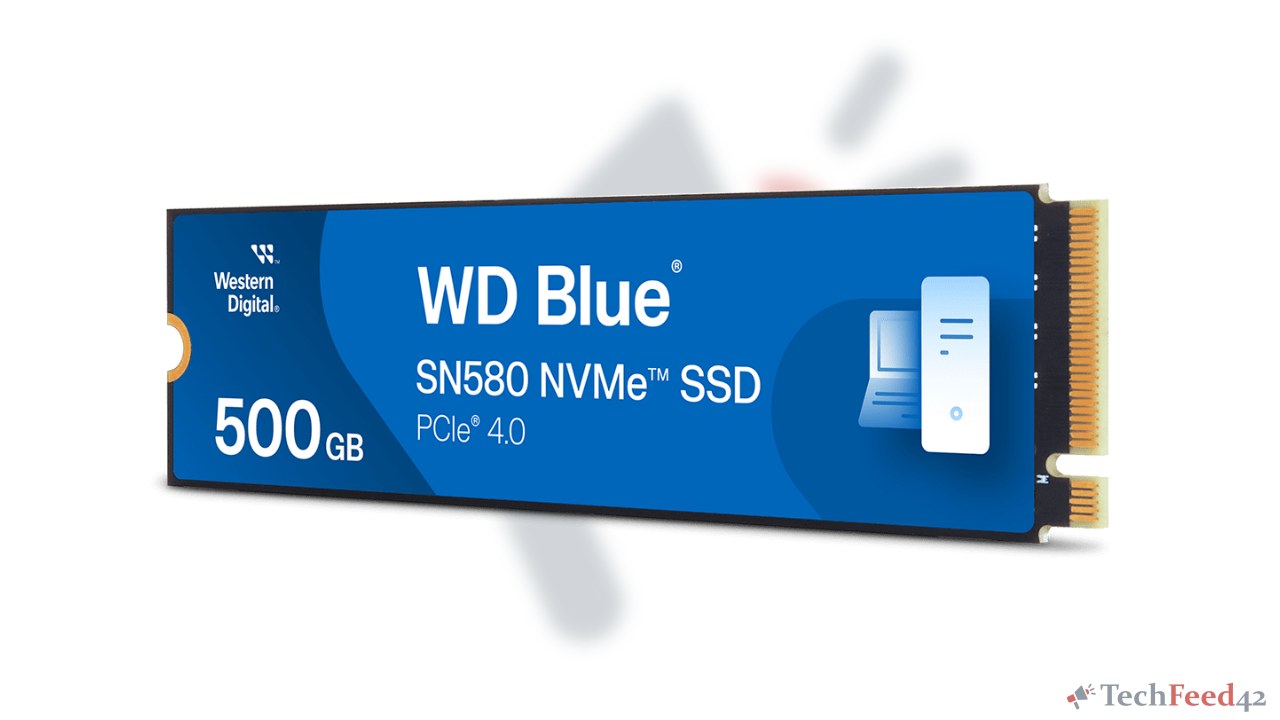
While the difference in power consumption may not be significant for desktop users, laptop users can benefit from the lower power draw of NVMe drives, leading to longer battery life and less heat generated by the system.
Conclusion: Which SSD Should You Choose?
When deciding between an M.2 SSD and a SATA SSD, the best option depends on your specific needs and priorities. If you’re working with a limited budget or upgrading an older system, a SATA SSD can still provide excellent performance, offering a significant speed boost over traditional hard drives without breaking the bank. It’s a practical solution for general usage, such as browsing, office work, and light gaming.
On the other hand, if speed is your top priority – whether for gaming, video editing, or other demanding tasks – an M.2 NVMe SSD is the better choice. The lightning-fast data transfer speeds can make a noticeable difference in load times and overall performance, especially if you’re handling large files or running applications that require high-speed access.
Ultimately, both M.2 and SATA SSDs are excellent options for boosting your system’s speed and reliability. The decision comes down to whether you value raw speed or are looking for a more cost-effective solution. Regardless of your choice, upgrading to an SSD will provide a substantial improvement in your computing experience.

